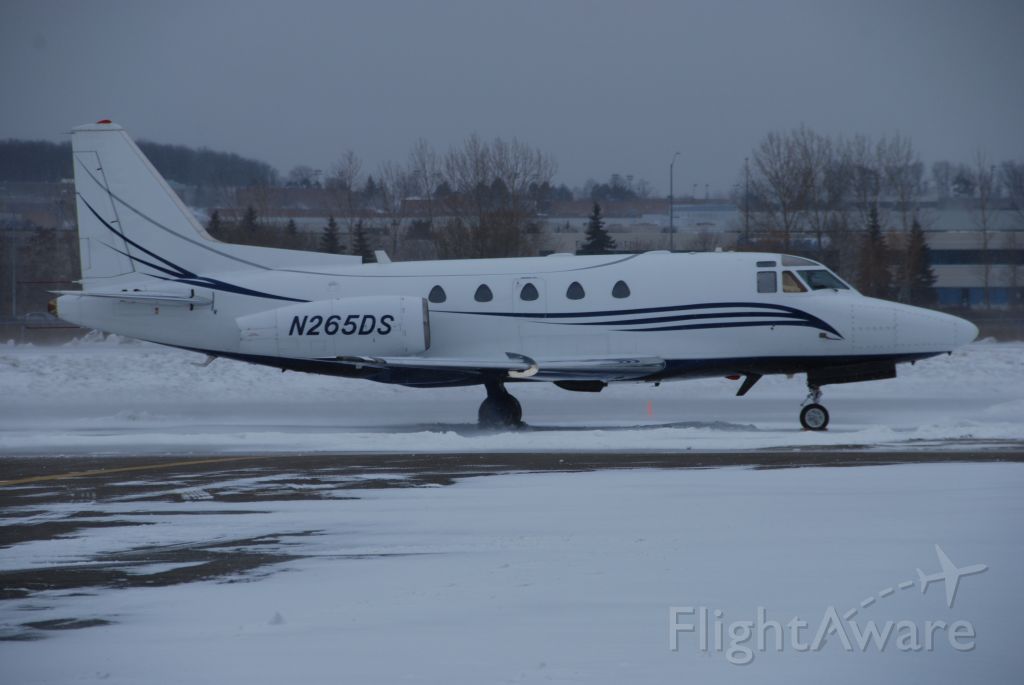Crash of a Beechcraft E90 King Air near Fayetteville: 1 killed
Date & Time:
May 17, 2023 at 1237 LT
Registration:
N522MJ
Survivors:
No
Schedule:
University-Oxford – Fayetteville
MSN:
LW-80
YOM:
1973
Crew on board:
1
Crew fatalities:
Pax on board:
0
Pax fatalities:
Other fatalities:
Total fatalities:
1
Aircraft flight hours:
4925
Circumstances:
The airplane was being flown to another airport for maintenance work on the autopilot system. Before the flight, the pilot and an avionics technician discussed a roll issue with the airplane’s autopilot and the pilot was advised not to use the autopilot until the issue was resolved. The avionics technician further advised the pilot to wait for good weather to make the flight, but the pilot reportedly had a function back home that he wanted to attend later, on the day of the accident. Recorded flight track data indicated that most of the flight was uneventful until the airplane began its descent toward the intended destination. During the descent, the airplane encountered overcast clouds that continued to the end of the flight. The pilot was subsequently cleared for an instrument approach to the destination airport. While maneuvering on the approach, the airplane descended below its assigned altitude and the controller issued a low-altitude alert to the pilot. The airplane briefly climbed before it entered a descending right turn that continued to the end of the recorded data. Calculations based on recorded flight data revealed the airplane was descending over 15,000 feet per minute shortly before impact. The airplane impacted the ground near the final recorded flight track data point, in a near vertical attitude, and was fragmented. Examination of the airplane, engines, and systems did not reveal any preimpact anomalies that would have precluded normal flight. Based on the available information, the pilot likely was not using the autopilot due to the known issue with the system and, as a result, was hand flying the airplane during the instrument approach. The pilot likely was accustomed to flying the airplane with the automation that the autopilot provided rather than by hand in single-pilot instrument meteorological conditions (IMC). Based on the recorded flight path, it is likely that the pilot became spatially disoriented and lost control of the airplane while intercepting the final approach course for the instrument approach. In addition, the pilot allowed his self-imposed pressure to influence his decision to complete the flight in less-than-ideal weather conditions without a functional autopilot. Although ethanol was detected in liver and muscle tissue, it is likely that some, or all, of the detected ethanol was from postmortem production. Thus, it is unlikely that ethanol contributed to the accident. Tadalafil, salicylic acid, famotidine, atenolol, and irbesartan were detected in liver and muscle tissue, but it is unlikely that these substances contributed to the accident.
Probable cause:
The pilot’s poor preflight decision to depart into known instrument meteorological conditions (IMC) without a functional autopilot system, which resulted in spatial disorientation and his failure to maintain aircraft control while flying in IMC during the instrument approach. Contributing to the accident was the pilot’s self-imposed pressure to conduct the flight.
Final Report:














